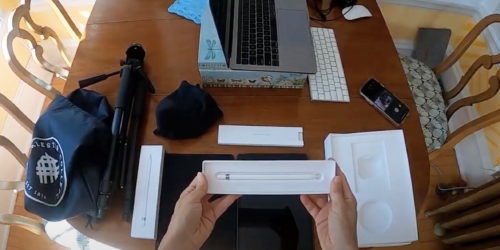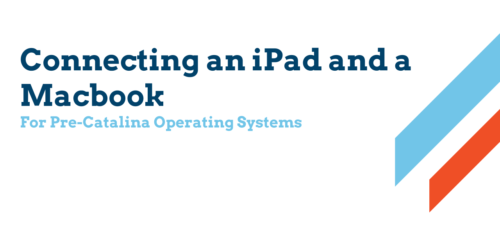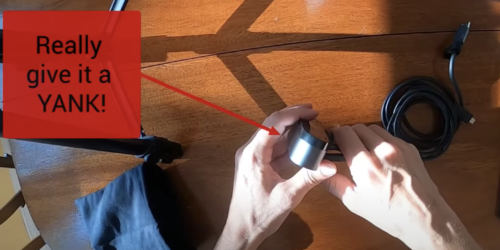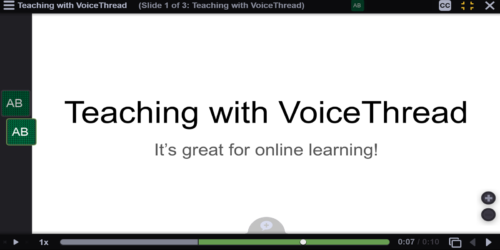A plan for a cohort-based (large) hybrid course
To facilitate larger classes that cannot fit into one classroom, I have broken my class into two cohorts. Each cohort will “come to class” either in-person or virtually on either MW or TR, with the entire class gathering virtually on Fridays. Additionally, the course will be “flipped,” with pre-recorded lectures and synchronous time saved for problem solving sessions. Having smaller groups for problem solving sessions will allow me to interact with students more and build more community.
Content would be repeated on MT and WR in this model, however since different cohorts may have different questions or interests, I anticipate the discussion may go in different directions for each cohort (and for discussion based classes, this could actually lead to interesting comparisons between the cohorts). In terms of how in-class time would be spent, for classes that are run completely virtually, I would use breakout sessions to group students together to work on problems for 10-15 minutes each. During that time, I would circulate between the groups to answer questions, check on understanding, etc. For in-person sessions, group work may be more challenging and individual brainstorming or classroom assessment techniques followed by reporting back to the group may play a bigger part. Additionally, in-person sessions can include demonstrations.
During problem solving sessions, I would use my iPad as my “whiteboard” and project my screen to in-class students and share my screen with students attending via zoom. Additionally, I would record every lecture using zoom and post to my Moodle site for students who could not participate synchronously.
In addition to the above, I will have Supplemental Instruction (SI) leaders who I plan to have help me facilitate my in-class sessions, particularly to help with students who attend hybrid sessions virtually.
On a side note, the more I have thought about the semester, the more concerned I am about in-class problem solving sessions. Group work will be so challenging, and if I can’t figure out how to do it, then it will just be a bunch of students silently working on questions alone for 10 minutes at a time. I actually think going fully virtual will be pedagogically preferably because there will be fewer barriers to group work. Personally, I think I will run my first W/R of the semester with an in-class option, my first F totally virtually, and I will see how it goes from there, but I think, especially for a large class where group work or discussion are important, virtual might be a lot better.
—
Kelsey M. Boyle * Visiting Assistant Professor of Chemistry * Macalester College * kboyle@macalester.edu





